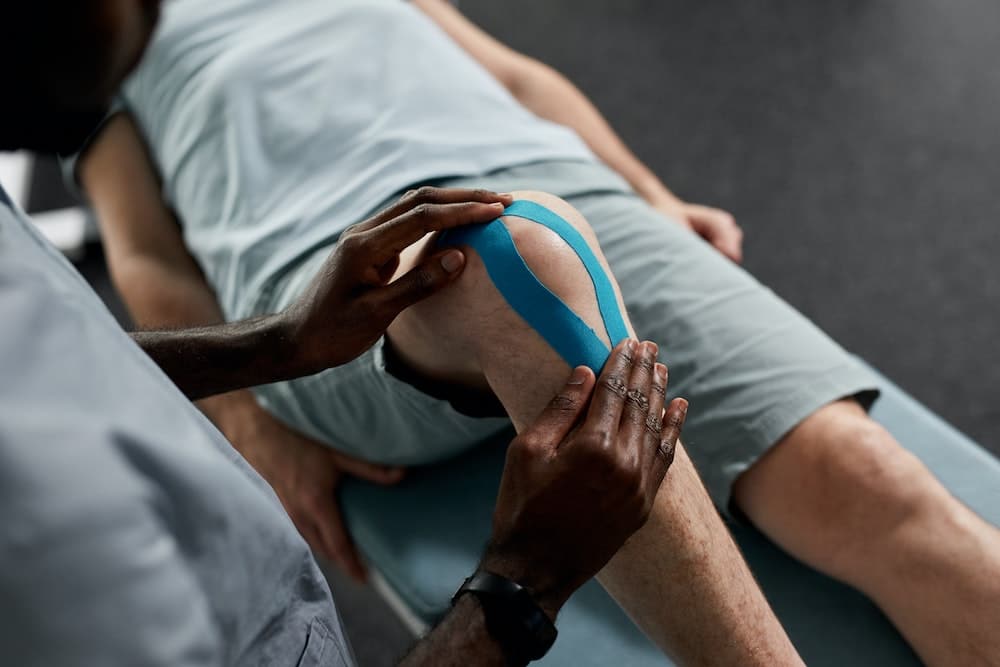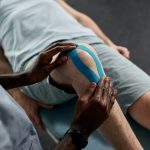In the aftermath of a stroke, the path to recovery may seem daunting for many survivors. They often grapple with a range of physical, cognitive, and emotional challenges that can significantly impact their daily lives. Fortunately, occupational therapy stands as a beacon of hope, helping patients regain their independence and enjoy a better quality of life. Occupational therapists play a seminal role in stroke rehabilitation, assisting survivors in relearning their lost skills and adapting to their new realities. Through a variety of activities and therapeutic interventions, they enable patients to return to their daily routines with more confidence and less discomfort.
Understanding the Impact of Stroke on Daily Activities
A stroke can have a profound impact on a person’s ability to perform daily activities. Often, patients experience physical limitations, cognitive impairments, or emotional difficulties, hindering their independence. Occupational therapy is a lifeline for these individuals, helping them navigate their post-stroke life with more ease.
Additional reading : What Breathing Techniques Can Aid in Reducing Hyperventilation Episodes?
According to a study published on PubMed, occupational therapy plays a significant role in stroke recovery by addressing these impairments and helping survivors reintegrate into their communities. The ability to perform daily activities such as bathing, dressing, cooking, and driving, is crucial for patients’ autonomy and self-esteem. Thus, therapists apply a holistic approach, addressing not only physical but also cognitive and emotional aspects of recovery.
The Role of Occupational Therapy in Stroke Rehabilitation
Occupational therapists are trained professionals who help stroke survivors regain their functional abilities and reintegrate into their daily routines. A study on Google Scholar reveals that occupational therapy emphasizes empowering patients to live as independently as possible, thus improving their quality of life.
Topic to read : How Can a Fiber-Rich Diet Impact Diverticulitis Symptoms?
Rehabilitation after a stroke involves a multidisciplinary approach, with occupational therapy being an integral part of the care plan. Therapists use a range of activities to help patients regain their skills and adapt to new ways of performing tasks. One such tool is FitMi, a rehabilitation therapy device designed to help stroke survivors improve their motor skills through interactive games and exercises.
Occupational therapists also provide family and caregivers with training and tools to support the patient’s recovery at home. This involvement of the patient’s support network is crucial to achieving the best possible outcomes.
How Occupational Therapy Helps Stroke Patients
Occupational therapy’s primary goal is to help stroke patients regain their ability to perform daily activities. Therapists use a range of interventions, from motor skill exercises to cognitive training, to help patients regain their autonomy.
According to a study on PubMed, occupational therapy helps improve limb strength, coordination, and flexibility, which are often impaired after a stroke. Furthermore, therapists also focus on cognitive skills, such as memory, attention, and problem-solving, which are crucial for performing daily tasks.
Another vital aspect of occupational therapy is the therapist’s role in emotional support. Stroke can lead to emotional and psychological distress, and therapists provide counseling and coping strategies to help patients deal with these issues. They foster a positive mindset, which is a cornerstone of successful recovery.
Transforming Lives with Occupational Therapy
The power of occupational therapy in transforming the lives of stroke survivors cannot be overstated. By helping patients regain their independence, therapists enhance their quality of life and promote a sense of self-worth.
Therapists use real-life activities to help patients regain their skills. For instance, they may use cooking activities to improve fine motor skills, balance, and cognitive functions such as planning and sequencing. Similarly, dressing practice can help with coordination, while driving simulations can aid in restoring cognitive abilities and decision-making skills.
The path to recovery may be challenging, but with the support of occupational therapy, stroke survivors can reclaim control over their lives. While the journey varies from person to person, the ultimate goal is always the same – to enable patients to live as independently as possible.
Occupational Therapy: A Collaborative Approach
The success of occupational therapy lies in its collaborative approach. Therapists work closely with patients, family members, and other healthcare professionals to design a personalized care plan that addresses the patient’s unique needs and challenges.
Therapists employ a variety of tools and techniques, from traditional exercises to advanced technologies like FitMi, to assist patients in their recovery. They also ensure that the family and caregivers are equipped with the necessary knowledge and skills to support the patient at home, fostering a supportive and encouraging environment for recovery.
With dedication and perseverance from both the therapists and the patients, occupational therapy can make a significant difference in the lives of stroke survivors, spelling the difference between dependence and autonomy.
Techniques and Strategies in Occupational Therapy for Stroke Recovery
Occupational therapists employ a wide array of techniques and strategies to assist stroke survivors in their journey to recovery. According to a series of studies on Google Scholar, these strategies are tailored to the patient’s specific needs and capabilities and are designed to restore the patient’s independence in performing daily activities.
A typical occupational therapy session may include exercises to improve fine motor skills, such as grasping or pinching, needed for tasks like dressing or cooking. Therapists also work on enhancing a patient’s gross motor skills, which are essential for larger movements like walking or standing from a seated position.
Aside from physical exercises, occupational therapists also focus on cognitive training. After a stroke, patients may face challenges with memory, attention, and problem-solving. Through various mental exercises and activities, therapists can help patients improve these cognitive skills.
Another vital area where occupational therapists play a crucial role is in the emotional and psychological well-being of stroke patients. Stroke survivors often struggle with feelings of frustration, anxiety, and depression. Occupational therapists provide counseling and teach coping strategies to help patients navigate these emotional challenges. They foster a positive mindset, crucial for a successful recovery.
As part of the healthcare team, occupational therapists also work closely with other professionals, such as physical therapists, doctors, and nurses. They ensure that the care plan is holistic and addresses all aspects of the patient’s recovery.
The Power of Occupational Therapy in Stroke Recovery: A Conclusion
In conclusion, the role of occupational therapy in stroke recovery is indispensable. According to a wealth of literature available on PubMed and Google Scholar, occupational therapists play a pivotal role in helping stroke survivors regain their independence and improve their quality of life.
Through a combination of physical exercises, cognitive training, and emotional support, therapists assist patients in restoring their ability to perform daily activities. They help stroke survivors regain their strength, balance, and coordination, as well as their cognitive functions.
Occupational therapists also provide invaluable emotional support, helping patients manage the psychological distress that often accompanies a stroke. They foster a positive outlook, which is a cornerstone of successful recovery.
Moreover, occupational therapists collaborate with other healthcare professionals and the patient’s family to ensure a comprehensive approach to recovery. They provide training and resources to caregivers, creating a supportive environment that is conducive to the patient’s recovery.
The path to recovery from a stroke is indeed challenging. However, with the support of occupational therapy, stroke survivors can reclaim their lives and regain their independence. With dedication and perseverance, occupational therapy can make a significant difference in the lives of stroke patients, fostering autonomy and improving their quality of life.











